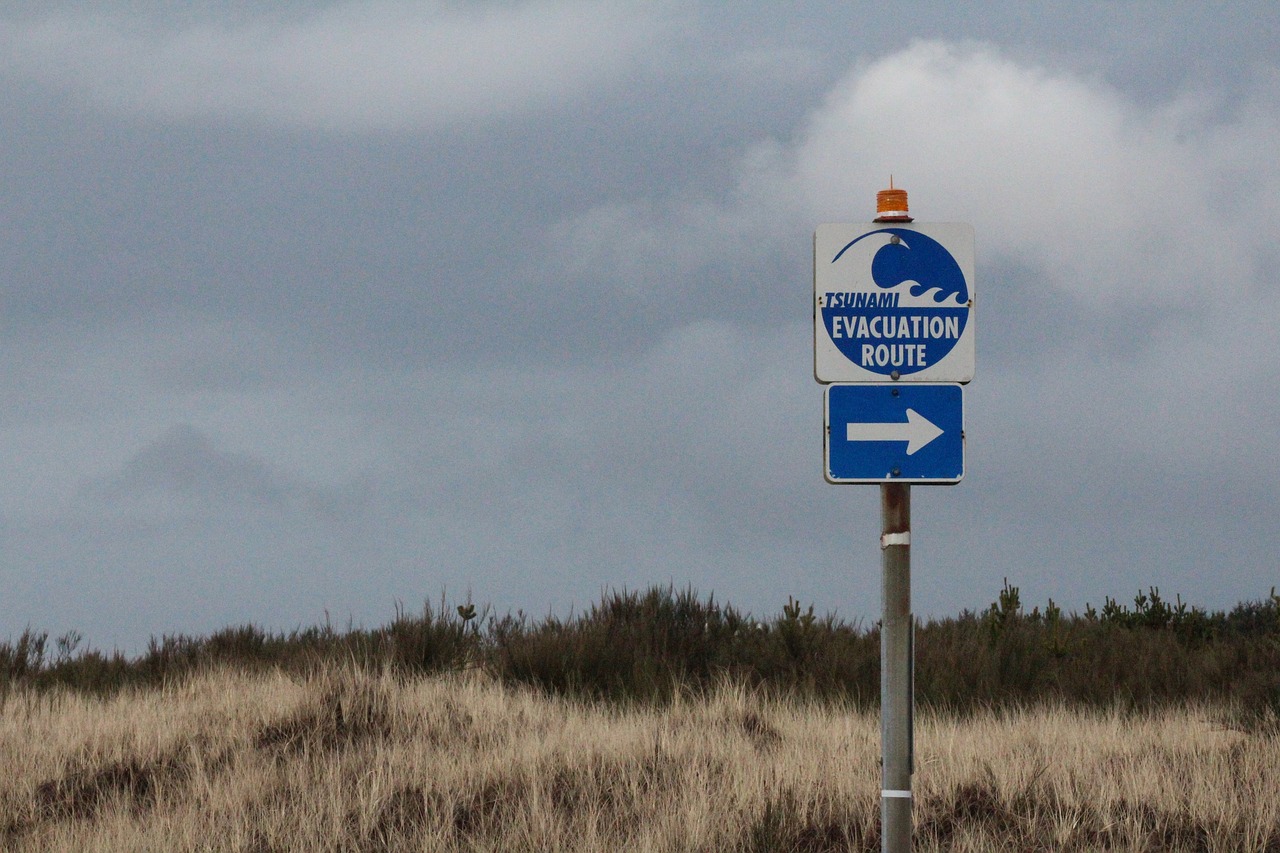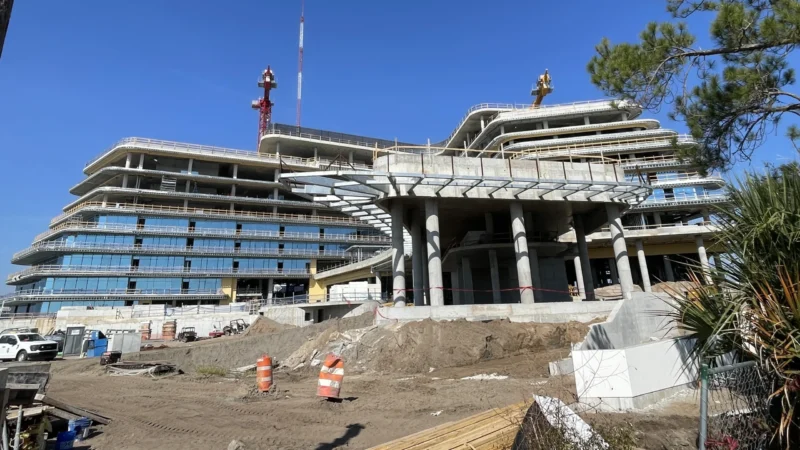Tsunamis are (often) giant ocean waves triggered mainly by earthquakes. These waves, as we often see them happening in Asia, roll ashore and cause loss of life and devastation.
Did you know that tsunamis are not just a West Coast or Asia event? Tsunamis can happen pretty much anywhere where the ocean’s floor moves.
Larger tsunamis are caused by an earthquake near a subduction zone as the leading edge of the overriding plate breaks free and springs seaward, raising the sea floor and the water above it. This uplift starts a tsunami. Meanwhile, the bulge behind the leading edge collapses, thinning the plate and lowering coastal areas.

For us on the East Coast, a tsunami will be more likely caused by a submarine landslide like the one that occurred in 1929 after a Magnitude 7.2 quake stroke near Newfoundland, Canada. The tsunami energy was propagated by a submarine landslide and although the maximum tsunami was recorded near the earthquake epicenter in Newfoundland, there were some tsunami waves recorded as far south as in South Carolina.
East and Gulf Coast tsunamis are low frequency. There is a subduction zone in the Caribbean Sea and the tsunamis recorded in areas along the Gulf Coast states have been less than one meter or 3.28 feet.

What about meteotsunamis? What are those?
It’s all about the pressure. Meteotsunamis are driven by air pressure disturbances associated with severe thunderstorms. The storm generates a wave that moves onshore, often amplified by the shallow continental shelf. They don’t just occur along the coast, but they can happen in lakes, bays, or inlets. Meteotsunamis are progressive waves limited to the tsunami frequency band of wave periods (between two minutes and two hours). They can travel long distances and affect a larger coastline region.

Meteotsunamis can also be confused with storm surge or a seiche
Storm surge is the abnormal rise in sea level caused by a storm, often a tropical system, apart from the predicted astronomical tide. A seiche is mainly driven by winds and are standing waves with longer periods of water level oscillations. There are times that a meteotsunamis and seiche can occur at the same time.
Predicting a meteotsunamis is extremely challenging and it is a phenomenon that it is still being investigated. The good news is that scientists have identified atmospheric conditions that can lead to the development of meteotsunamis, and the work continues to find ways to forecast them.






